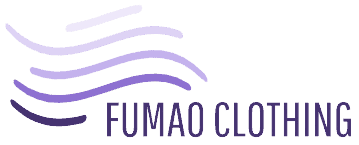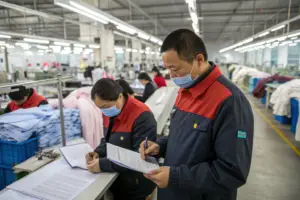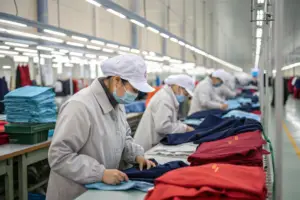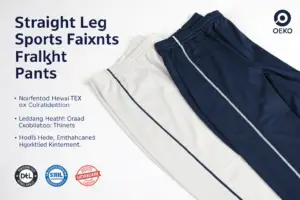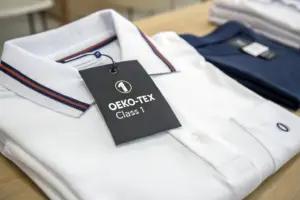The garment industry is evolving with technology, and software solutions play a crucial role in design, manufacturing, and retail. But which software is best for the industry?
The best software for the garment industry includes CAD software for design, ERP systems for production management, PLM software for product lifecycle tracking, and AI-powered analytics tools for trend forecasting. Choosing the right software depends on a business's needs and production scale.
Understanding the most widely used software solutions helps garment businesses improve efficiency, reduce costs, and enhance product quality.
What Is the Best Software for Clothing Design?
Fashion design requires precision, creativity, and efficiency. But which software tools are best for clothing design?
The best software for clothing design includes Adobe Illustrator, CorelDRAW, CLO 3D, and Gerber AccuMark. These tools help designers create digital sketches, 3D prototypes, and detailed patterns for production.

What are the top software tools for fashion design?
| Software | Features |
|---|---|
| Adobe Illustrator | Industry standard for fashion sketches and vector designs |
| CorelDRAW | Best for creating fashion prints and patterns |
| CLO 3D | Advanced 3D simulation for realistic garment visualization |
| Gerber AccuMark | Professional CAD software for pattern making and grading |
Why is CLO 3D gaining popularity?
- Real-time 3D visualization helps designers see how garments fit.
- Reduces material waste by minimizing physical sampling.
- Speeds up the design process by integrating pattern making and draping tools.
What Type of System Is Most Widely Used in the Garment Industry?
Garment production involves complex processes, requiring efficient management systems. But what type of system is most widely used?
Enterprise Resource Planning (ERP) systems are the most widely used in the garment industry. ERP software integrates inventory management, order processing, production scheduling, and financial tracking.

What are the key features of ERP software for apparel manufacturing?
| Feature | Benefit |
|---|---|
| Inventory Management | Tracks fabric and raw materials in real time |
| Production Planning | Schedules workflow to reduce delays |
| Order & Supply Chain Management | Automates procurement and vendor coordination |
| Financial Reporting | Monitors costs and profitability |
How do ERP systems improve production efficiency?
- Automate order tracking to reduce errors.
- Optimize material usage to minimize fabric waste.
- Enhance supply chain visibility for better forecasting.
What Is the Name of the Garment Software?
Many specialized software solutions cater to the apparel industry. But what are the most recognized ones?
Popular garment software includes Gerber AccuMark, Optitex, Lectra, and Tukatech. These tools help with pattern making, grading, marker making, and fabric optimization.

What are the best software solutions for garment production?
| Software | Function |
|---|---|
| Gerber AccuMark | CAD software for pattern design and grading |
| Optitex | 2D and 3D garment visualization software |
| Lectra | Integrated design-to-production solution |
| Tukatech | Advanced pattern making and digital fitting |
Why is digital pattern-making software essential?
- Saves time compared to manual pattern development.
- Improves accuracy in fit and sizing.
- Optimizes fabric usage to reduce waste.
Which Software Is Used in the Textile Industry?
The textile industry relies on software for weaving, knitting, dyeing, and quality control. But which tools are commonly used?
Textile industry software includes Textronics, NedGraphics, and Jacquard Weaving Software. These tools manage textile design, color matching, and automated loom control.
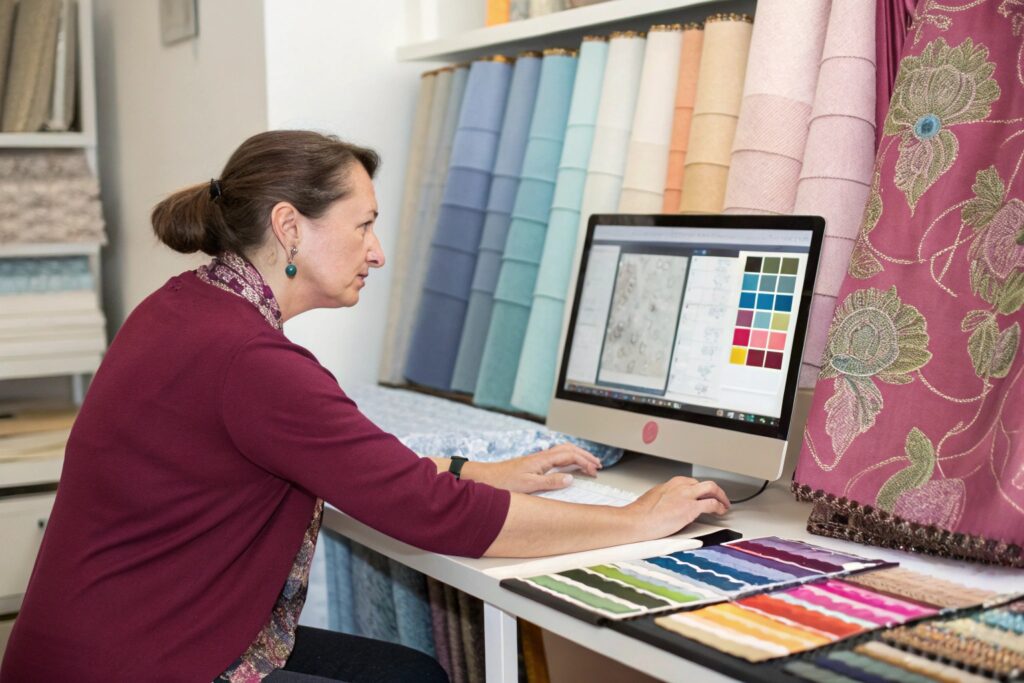
What are the top software tools for textile production?
| Software | Function |
|---|---|
| Textronics | Digital textile design and color separation |
| NedGraphics | Specialized software for jacquard and print design |
| Jacquard Weaving Software | Controls automated weaving machines |
| ArahWeave | Creates weaving simulations for fabric development |
How does textile software improve production?
- Enhances precision in fabric patterns and prints.
- Speeds up textile development by automating color processing.
- Integrates with digital looms for seamless fabric production.
Conclusion
The garment industry benefits from a range of specialized software tools, from fashion design to textile production and manufacturing management. Choosing the right software depends on business needs, whether for CAD design, ERP integration, or textile development. As technology advances, digital solutions will continue to streamline production, reduce waste, and enhance efficiency in the apparel sector.
